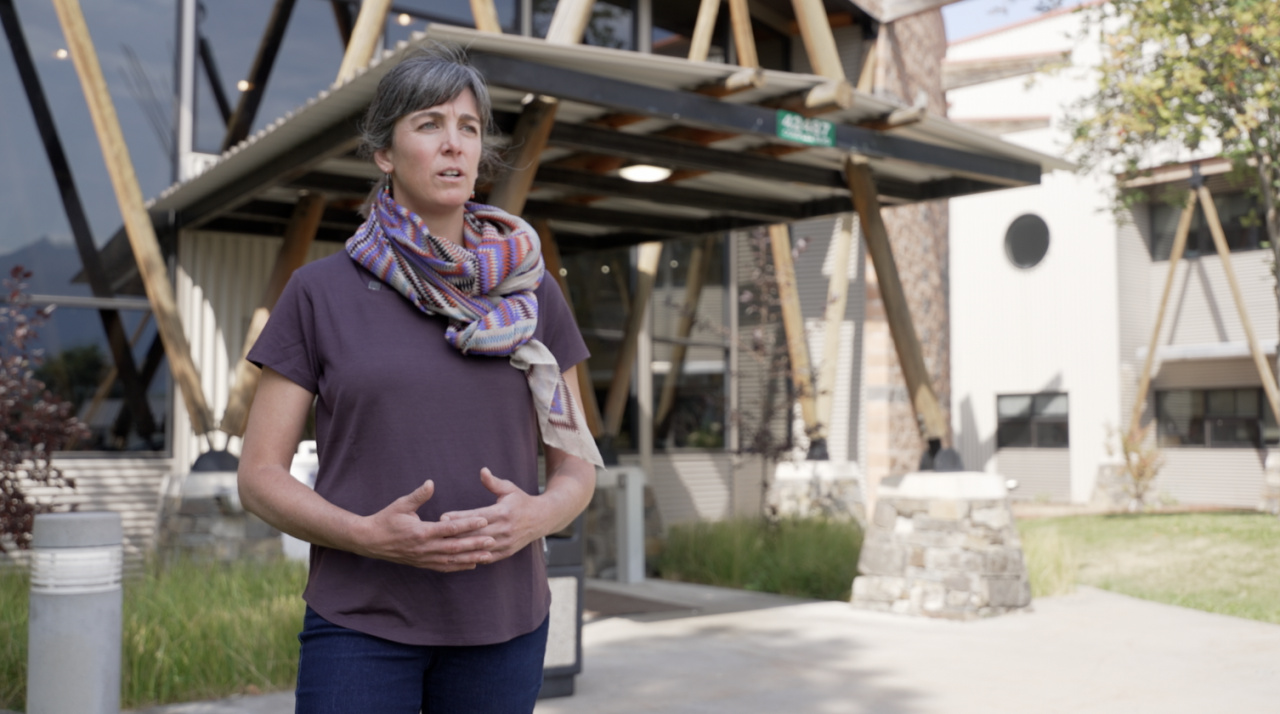PABLO — The Bureau of Land Management (BLM) met with The Confederated Salish and Kootenai Tribes (CSKT) on Tuesday, Sept. 3, 2024, in Pablo to celebrate the signing of a co-stewardship memorandum of understanding.
The partnership is a historic action between the BLM and CSKT which have have come together to guide land management in the Blackfoot-Clearwater area.
"It's a unique feeling as a, as a Salish person, as a Native American, when you go into these landscapes," shared CSKT Tribal Relations Specialist Kathryn McDonald. "Those landscapes, they don't forget us, they understand our spirits, we understand their spirits."

The BLM and CSKT have been working together for years.
BLM shared with MTN, "In 2023, the Confederated Salish and Kootenai Tribes entered into a financial assistance agreement with the BLM using the Good Neighbor Authority (GNA) – BLM’s first GNA agreement with a Tribal Nation! The agreement, funded with Bipartisan Infrastructure Law funding, is supporting native seed collection, capacity building, and capital improvement projects for the Tribe’s Forestry and Native Plant nursery, as well as outreach, education and re-connection opportunities tribal youth and elders."
The partnership has now been formalized in a co-stewardship memorandum.
"We're opening ourselves up to new ideas and new ways of doing things," BLM-Missoula Field Manager Erin Carey stated. "The BLM for the last several years, we've been working to acquire what were former private timber lands back into federal public ownership. That gives us an opportunity to sort of look across the landscape at: how do we heal the land, how do we restore the landscape? But also how do we now honor those treaty rights from CSKT?"

CSKT and the United States government signed the Hell Gate Treaty in 1855, which created the Flathead Indian Reservation and a place for people to continue traditional practices.
"Those are some of the lands that the BLM is now honored to be able to manage. And so we have the opportunity to revisit that Hell Gate Treaty and recommit to our responsibility to honor the rights that the tribes have that were, that were enshrined in that treaty," Carey said.
"We understand as a tribal people is that everybody's got a role to play. Everybody has a position to lead. I'm utilizing my position to make sure that the future generations of CSKT — our Salish or Kasanka and our Q'lispe future — have the opportunity to be on this landscape as well," added McDonald.
Part of this new partnership includes utilizing Indigenous knowledge to guide the management of BLM land in the Blackfoot-Clearwater area.
"The Clearwater, it's a very unique area as well as you know, there are so many resources, whether it's cultural, whether it's water, whether it's vegetative management — there's a lot of components into that landscape where it's just needed some help to able to come back to a healthy ecosystem. And so co-stewarding with BLM and CSKT, we could have all of the professionals come together, make some decisions on really what's best for the landscape," McDonald explained.
"We have a lot planned just both in terms of working together to exchange knowledge between our resource specialists and do restoration work out on the land together. We have a lot of and plans to be able to engage with CSKT elders with CSKT youth to really kind of help facilitate that re-connection back to their aboriginal territories," stated Carey.




